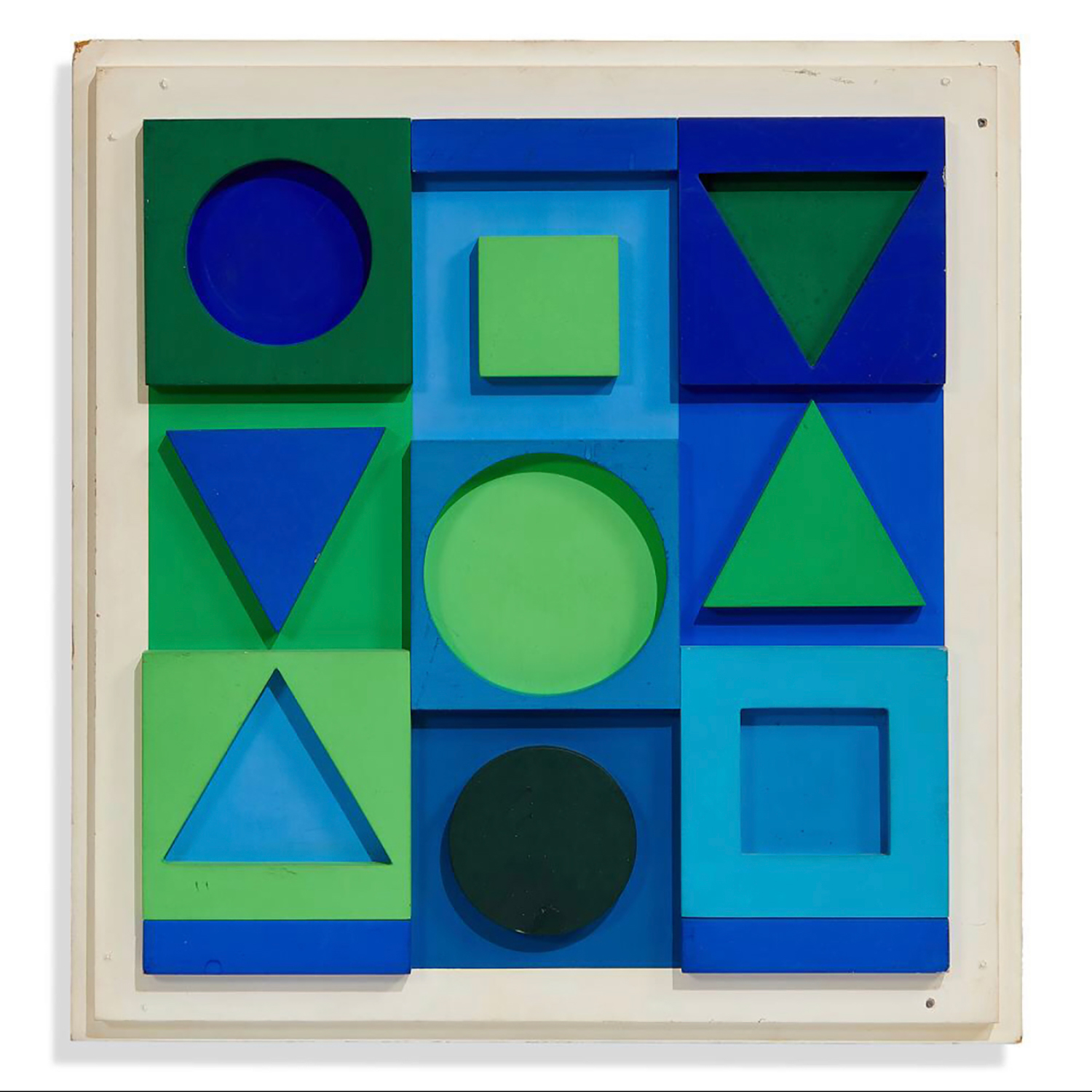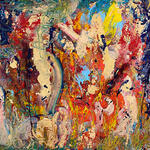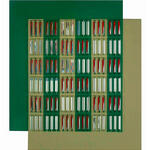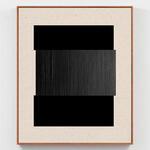
Victor Vasarely
Bio
(Pecs, 1908 - Paris, 1997) He studied at the Poldini-Volkman Academy in Budapest and in 1930 he settled in Paris, working as a graphic designer for advertising agencies to migrate to figurative expression and then to constructive and geometric abstract art. Between 1936 and 1948 he regularly participates in the Salon des Surindependents and the Salon des Nouvelles Réalités and from 1948 he exhibits regularly at the Denise René gallery. In the sixties he shows his work in the Museum of Modern Art of NY and the Museum of Modern Art of Paris, among other numerous collective and individual exhibitions in Europe and America. He receives the Guggenheim International Prize in 1964 and the Grand Prize at the Sao Paulo Biennial in 1965.
Statement
Victor Vasarely is considered one of the foremost developers of Op Art. He created a distinctive aesthetic trend that addressed optical problems. From his days as a commercial graphic designer in Paris, to his later decades promoting a new visual language for art and architectural design, Vasarely evolved as a unique artist whose technical precision was accompanied by a scientific awareness of geometry and perception.
The artist is known internationally for his reticular sculptures and paintings, which play with viewers' positions to provoke illusory effects of depth in motion. These works relate directly to a modern concern with the relationship between reality and perception.



















